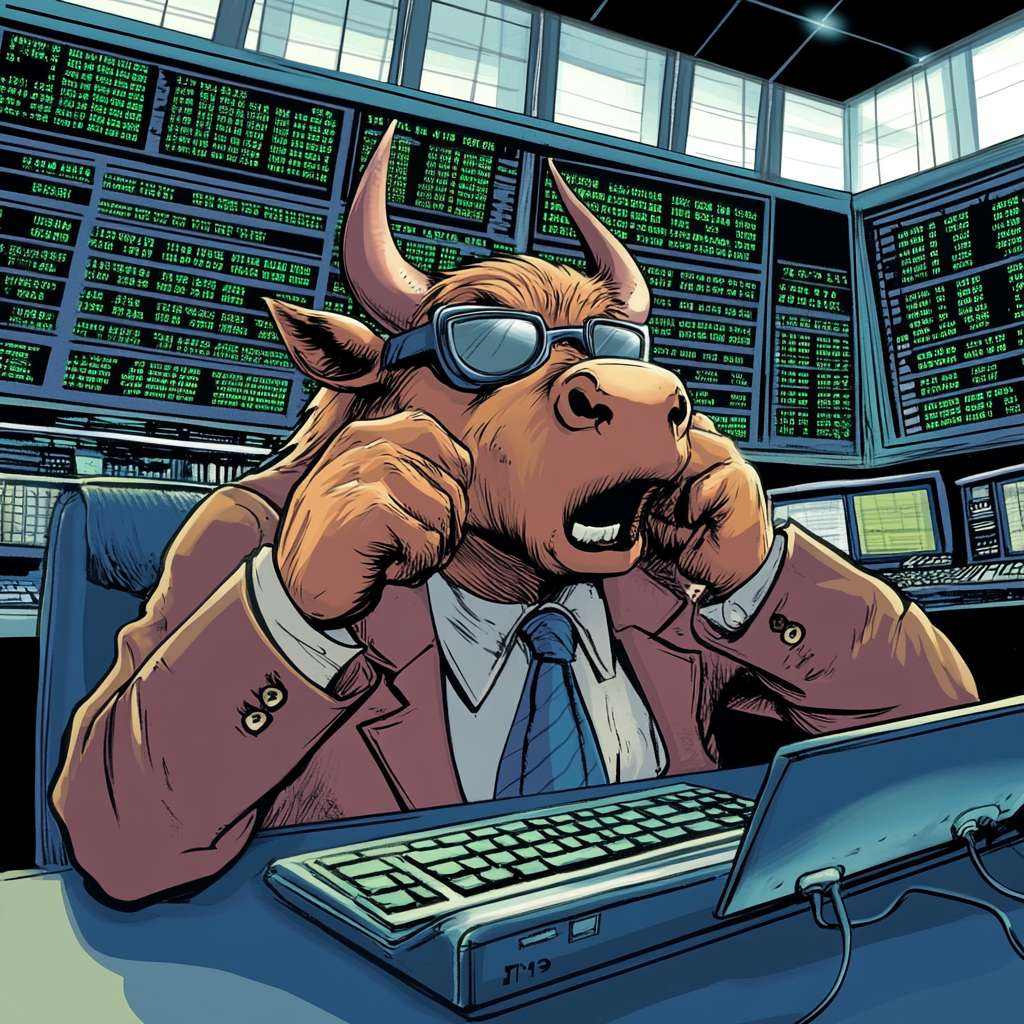Apple Stock Plummets 3.88% as Trump Tariffs Loom
Apple Inc. experienced a significant market downturn following the announcement of a retaliatory tariff plan by U.S. President Donald Trump. The company's stock price dropped sharply over two consecutive trading days, resulting in a market capitalization loss of approximately $5333.6 billion (around 3.88 trillion yuan). This decline made apple one of the most severely impacted companies in the recent market turmoil.
The primary concern for Apple is the potential price increase of its iPhone products, which are predominantly assembled in China. The company now faces a difficult decision: whether to absorb the additional tariff costs or pass them on to consumers. Analysts suggest that if Apple chooses to pass on the costs, iPhone prices could surge by 30% to 40%. This would significantly alter the pricing strategy for one of the world's most iconic consumer electronics, potentially transforming the iPhone into a luxury item.
The tariff policy, if implemented, could have far-reaching implications for the global tech industry. Apple's reliance on Chinese manufacturing means that any disruption in supply chains or increased production costs could ripple through the entire sector. The company's decision on how to handle these tariffs will not only affect its bottom line but also influence consumer behavior and market dynamics.
Ask Aime: How will Apple's stock price react to the potential 30-40% price increase of its iPhones due to Chinese tariffs?
The potential price hike of iPhones could lead to a shift in consumer preferences, with some opting for more affordable alternatives. This scenario could benefit competitors who are not as heavily impacted by the tariffs, potentially leading to a redistribution of market share. Additionally, the increased cost of iPhones could dampen demand, particularly in price-sensitive markets, further complicating Apple's strategic planning.
In summary, the retaliatory tariff plan announced by the U.S. President has placed Apple in a challenging position. The company must navigate the complexities of increased production costs and potential consumer backlash while maintaining its market leadership. The outcome of this situation will be closely watched by industry analysts and consumers alike, as it could set a precedent for how global tech companies respond to similar trade policies in the future.

